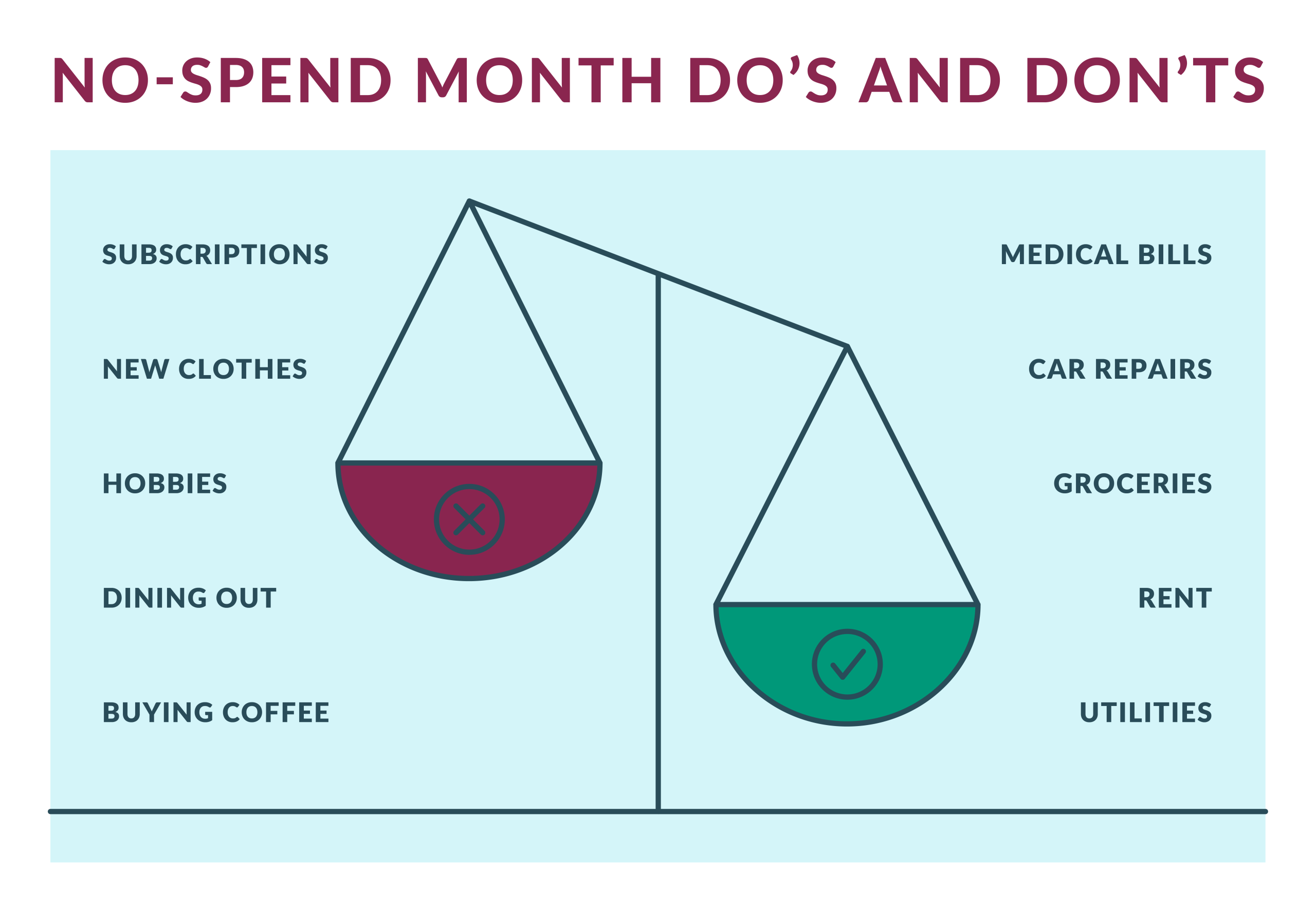Anúncios
Wire transfer is one of the most popular and practical ways to move money between accounts, whether within the same bank or across different financial institutions.
With the advancement of digital banking services, this operation has become even more accessible and convenient, allowing transactions to be conducted quickly and securely, without the need to visit a branch.
In this article, we will explain what a wire transfer is and how it works.
What is a wire transfer?
A wire transfer is a financial transaction that allows money to be moved from one account to another, whether within the same bank or between different banks.
This process can be carried out in various ways, including electronic transfers, money orders, and instant transfers.
Wire transfers are widely used by individuals and businesses for various purposes, such as bill payments, sending money to family or friends, and commercial transactions.
The process is secure, thanks to the advanced security and authentication systems implemented by banks and payment platforms.
To make a wire transfer, the user needs to provide some essential information, such as the recipient’s account number, bank code, and the amount to be transferred.
Understand how it works in practice
Wire transfer is a relatively simple process, but understanding its details can help you use it more efficiently and securely.
The process begins when the sender decides to transfer money to another account. This can be done through internet banking, mobile apps, ATMs, or directly at a bank branch.
The sender must provide essential information, such as the recipient’s account number, branch, bank, recipient’s details, and the amount to be transferred. To ensure the security of the transaction, the bank requests authentication from the sender.
After authentication, the bank verifies whether the sender has sufficient funds in the account to complete the transfer. If so, the transaction is authorized. Once authorized, the transfer enters the bank’s processing queue.
Depending on the type of transfer, the processing time may vary. The sender’s bank sends the funds to the recipient’s bank, involving the exchange of information between banking systems to ensure that transaction data is correctly forwarded.
In international transfers, the process may involve intermediaries and currency conversion, which can take longer and include additional fees. The recipient’s bank receives the funds and credits the amount to the specified account.
The recipient can then access the money. Both the sender and the recipient usually receive notifications confirming that the transfer has been successfully completed.
Know the types of transfers
The types of wire transfers are numerous. However, in general, they can be summarized into two types: domestic and international. Discover now how each one works:
Domestic transfer
Domestic transfers are carried out within the same country. They are fast and usually have lower costs, being suitable even for large amounts of money.
The cost varies according to the type of transfer chosen, and usually, these operations are completed on the same day or the next business day.
Domestic transfers are commonly used for mortgage payments, large purchases, and fund transfers between personal and business accounts.
International transfer
To transfer money to another country, international transfer is used, which has a higher cost and involves sending funds to a bank in another country.
This type of transfer uses systems like SWIFT or IBAN and may include transaction fees and currency conversion.
Processing time varies from 1 to 5 business days, depending on the bank and destination country.
International transfers are used for payments to international suppliers, sending money to relatives abroad, and international investments.
Is the transfer process secure?
Performing a wire transfer is generally secure, provided that appropriate security practices are followed. Financial institutions implement various measures to protect transactions and ensure that the money reaches the intended recipient without issues.
Wire transfers are a secure and efficient method of moving money due to the robust security measures adopted by banks.
However, security also depends on careful practices by the user, such as verifying all information before completing the operation.
Learn more about the advantages and disadvantages of the process
Now that you know more about wire transfers, see what the advantages and disadvantages are:
Advantages
- Wire transfers can be made at any time and from anywhere, using internet banking or mobile apps, without the need to go to a branch.
- Domestic transfers are often processed on the same day or the next business day.Some modalities, such as Interac e-Transfer, are almost instantaneous.
- Financial institutions implement advanced security and authentication systems, ensuring that transactions are secure and the money reaches the recipient correctly.
- Bank transfers can be used for a wide range of purposes, including bill payments, large purchases, transfers between personal and business accounts, and sending money to family or friends.
- Wire transfers provide a detailed record of transactions, making it easier to track payments and maintain accurate financial records.
Disadvantages
- Depending on the type of transfer, especially international ones, costs can be high, including transaction fees and currency conversion.
- International transfers can take from 1 to 5 business days to be completed, depending on the banks and countries involved. This can be inconvenient for urgent transactions.
- Some transfers, particularly international ones, can be complex, requiring the precise input of information such as SWIFT and IBAN codes. Errors in this data can delay the transaction.
- Although many transfers can be initiated at any time, effective processing may depend on bank operating hours, especially for transfers made outside business hours.
- Once the wire transfer is completed, it may be difficult or impossible to reverse the transaction. This makes thorough verification of all details before confirming the operation crucial.
Now that you know more about wire transfers, it’s easier to make them safely. Liked the tips? See more on our website.
Learn all about Savings Account.






